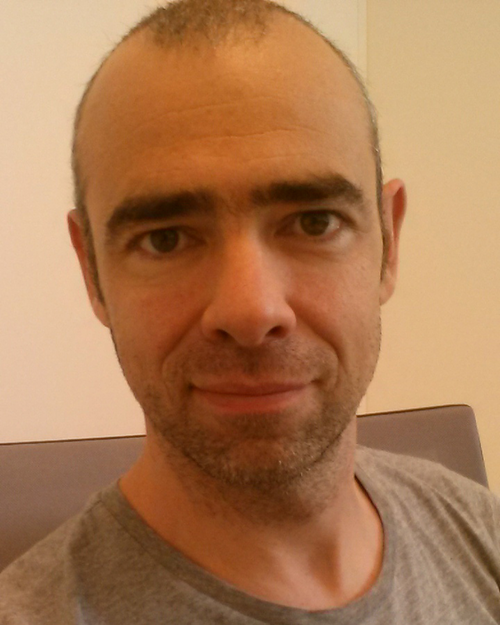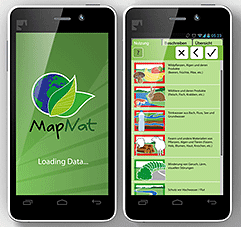Joachim Maes
ESMERALDA Insider: Joachim Maes on science-policy dialogue and urban ecosystems
Find out more about each member of our team in ESMERALDA Insider. In this issue of the rubric Joachim Maes from the Joint Research Center of the European Commission shares his research interests and motivation in the project.
 Joachim Maes is currently acting as a scientific and technical project officer at the Joint Research Centre of the European Commission (JRC), where he is heavily involved in research activities in support of the famous Action 5 of the Biodiversity Strategy, which is the Commission’s initiative to promote mapping and assessment in the member states.
Joachim Maes is currently acting as a scientific and technical project officer at the Joint Research Centre of the European Commission (JRC), where he is heavily involved in research activities in support of the famous Action 5 of the Biodiversity Strategy, which is the Commission’s initiative to promote mapping and assessment in the member states.
With his work at the JRC having a one-to-one relationship with the objectives of ESMERALDA, Joachim is a deputy-coordinator and task leader of WP2.
About his research interests:
Working closely with policy-makers at the Directorate-General for the Environment of the European Commission, Joachim would still refer to himself as an ecosystem services mapper before anything else.
Giving extra focus to urban ecosystems in his latest work, he is interested to understand the role of biodiversity and ecosystem services of human-dominated ecosystems such as cities and croplands and how it can be mapped and assessed.
Cities, in particular, qualify as laboratories for an ecosystem services approach. In cities the demand for ecosystem services such as clean air, access to green space or storm water regulation is usually high whereas the supply of these services typically runs short.
The new data revolution with the increasing availability of data at very high spatial and temporal resolution coming from different sources like remote sensing but also from citizens needs to be exploited better by ES research.
"I am quite happy with the new MAES report on urban ecosystems. The study showed that there is a lot of scope for urban ecosystem assessment," comments Joachim, "it delivers guidance on how to map urban ecosystems and how to assess their condition and services. An interesting finding is that the Natura 2000 covers as much as 17% of the EU’s urban areas. The management of urban biodiversity will become more important."
The MAES group , where Joachim is a member, is currently testing knowledge co-production as a new collaboration model for the Commission on how ecology and biodiversity policy can work together. This already exists for climate and water policy but it has to be extended to biodiversity policy.

Within ESMERALDA:
Within ESMERALDA Joachim plays an important role facilitating the science-policy interface between the project and the European Commission updating both parties about ongoing developments.
The MAES urban pilot will continue to work during 2017 and 2018 and another step for collaboration would be for ESMERALDA partners who are planning an urban ecosystem assessment or who have interesting data on urban ecosystem services to join this initiative.
